In the period of industrial transformation, the importance of automotive talent is even greater than in any previous period. To a certain extent, whoever has mastered the talents will gain the winning weight. However, in recent years, the relative shortage of automotive talent has brought considerable pressure to related companies. Frequent occurrences of job-hopping, resignation, or change of posts have affected the industry's nerves. What kind of problems do the development of automotive talent face? How to train and use talent more efficiently? How can we better introduce and retain talented people? Automotive-related companies are now urgently trying to overcome these problems raised by the automotive industry in the new era. August 24-26, organized by the China Automotive Talent Research Association and hosted by Jianghuai Automobile, the “2017 China Autobots Research Council Annual Meeting and China Automotive Talent Summit†was held in Hefei, with over 150 complete vehicles and parts companies. Leaders, heads of human resources departments, leaders of relevant government departments, industry organizations, and automobile colleges gather together, among which the focus is on automotive talent in the new era. So, what do they think about the automotive talent mentioned above? And take a look at Gasgoo Xiaobian. Status Quo: The turnover rate of the auto industry is increasing year by year He Xian, President of the China Human Resources Research Association of the Ministry of Human Resources and Social Sciences: From an industry perspective, the automotive industry is facing a new round of technological revolution, and there is a serious shortage of automotive talents. This brings about the cultivation of new talents and the renewal of knowledge on traditional talents. Challenges: From a social point of view, as the current society enters the mobile Internet era, more and more new generations of talents have entered the workplace. This also requires human resources work to iteratively upgrade management tools and management thinking; from an international perspective With the implementation of the “One Belt and One Road†strategy, auto companies will also accelerate internationalization. How to deal with multinational companies in talent work and how to deal with a large number of international talent management problems will also test the system construction of auto companies' human resources. The reform of state-owned enterprises will also have an impact on the reform of the system and mechanism of human resources management in state-owned auto companies. Fu Yuwu, Chairman of the China Automotive Talent Research Institute: Hey Rixin, new day and day, and new day. The current automobile industry is in a period of profound transformation, full of variables and challenges, and the extension and connotation of automotive talent are also accompanied by constant changes in the industry and changes; due to changes in industry and society, corporate transformation and upgrading, internationalization and national The reform of the institutional mechanism and other factors, the work of automotive talent is also full of opportunities and challenges. Zhu Mingrong, executive vice president and secretary-general of the China Automotive Talent Research Association: After visiting the survey, we found that the current development of automotive talent faced six major problems: The first issue is the total number of talents. Companies generally reflect that the shortage of talent is the norm in the automotive industry. The reason is that the automobile industry is developing too fast and the speed of personnel training cannot keep pace with the needs of industrial development. The second issue is the flow of talent. According to statistics on industry benchmarking conducted by the China Automotive Talent Research Institute in the past three years, the turnover rate of the auto industry is increasing year by year, and the two positions with the highest turnover rate are R&D and sales. The third problem is the structure of talent. The shortage of auto talent is not only the lack of traditional auto talent, but also the lack of talents in new energy and intelligent network, industry cross-border and integration, and the knowledge structure of auto talent is more diverse and more complex. The fourth issue is the reform of the institutional mechanism of talent. The most typical is that private enterprises can implement equity incentives and employee holdings for high-end leaders, while state-owned enterprises cannot. Many state-owned enterprises have reported that it is difficult to achieve the salary level of the industry in terms of the remuneration of talented people. Some leading talents and high-end talents cannot be introduced at all and cannot be introduced. Fifth, the internationalization of talent. The quality of international talents is not high, and the introduction of overseas high-level talents is not strong, and the international training of existing talents in the enterprise is insufficient. Sixth, the problem of the construction of a talented person's spiritual system. Compared with aerospace and high-speed rail industries, the core value of the automobile industry has not been well formed, and the spirit of the automobile industry is lacking. Zhao Fuquan, Dean of the Automotive Industry and Technology Strategy Institute at Tsinghua University: The knowledge and professional scope of automotive professionals is constantly expanding. We have never required professionals more than we do now. New definitions, new capabilities, and new needs for expert talents and compound talents. The so-called automotive talents, we originally talked about experts, but in the future our experts should be more specialized and deeper, and also have a certain level of knowledge. At the same time, this expert must understand the business model. We need more chief strategists and chief architects. The future industry borders are becoming more and more blurred. The talents' borders are becoming more and more blurred. Auto talents must have cross-domain and diversified knowledge and skills. The demand for talents' job content and capability needs to be changed at an unprecedented speed. . Liu Yi, deputy researcher of China Automotive Talent Research Association: From the perspective of the current development of intelligent networked auto talent, the current status of intelligent networked auto talent is: 1. The lack of core engineers, the R&D team is still under construction; 2. IT and communications industry Talent gathering requires no cross-border collaboration and education; 3. Talented people with high-quality maps and AI need to develop in depth. Countermeasures: Developing Space Remuneration and Benefit Brand Attraction He Xian, head of the China Talent Research Association of the Ministry of Human Resources and Social Sciences: How to deal with the challenge of future talent work? In my opinion, the most important thing is respect for people. It is necessary to fully realize in ideology that human resources are the primary resources, and competition is actually the competition of talents. We must attach importance to talents and protect talents in action, and constantly improve the environment for talent development. Only in this way can we use the talent to lead the future and use innovation to drive development. Pang Yong, CEO of Shanghai Jizhijie Enterprise Management Consultant Co., Ltd.: The marketing management talents in the circulation field in China. The top three factors they need to stay in this company are the development space, compensation benefits and brand attraction. We have judged that there are a lot of independent brands, because the speed of decision-making, changes in marketing models, is likely to surpass some joint-venture brands, to give more excellent middle-level and senior personnel with more professional development space. Zhu Mingrong, executive vice chairman and secretary-general of the China Automotive Talent Research Association: What is a reasonable flow of talent? Companies generally believe that about 5% is a normal and reasonable turnover rate. However, there are many main and objective factors in the flow of talents, the environment for industrial development, the employment system of enterprises, and the development needs of talents themselves. This is also a hot issue currently faced. Li Jie, executive dean of the Zhejiang Geely Automotive Research Institute: In terms of employment, we are based on attendance, performance, and happiness. Among them, it is worth emphasizing that Geely began to implement a happy business entity in 2014. According to the nature of its business, it is divided into sales, R&D, manufacturing, and HR modules. After more than two years of business promotion, the company’s independent management philosophy Changes have taken place in both concepts and enthusiasm. As a result, high-income, high-performance, and high-stress compensation evaluation and distribution systems have gradually emerged. For example, our Beilun Coatings Business Unit has made employees from migrant workers into managers through a series of means, and finally become the boss. Before implementing the business entity, it suffered a loss of 68,000 in the first quarter of 2015. The team was decadent and the employees were waiting for, relying on, asking for, and eating a big pot of rice. After the facts, in the 2-4 quarters, the cost savings amounted to 1.459 million yuan, and the employees went from the migrant workers to the operators. In the end, everyone works happily to form a culture of happy managers. Zhao Fuquan, Dean of the Institute of Automotive Industry and Technology at Tsinghua University: Human resources should be seamlessly connected to all other resources and must be integrated. We must have a new human resources policy. Personally, I personally think that the most important thing is that companies should really consider a crowdsourcing platform and build a black technology R&D platform. The time has come to an end and the era of a lifetime in an enterprise has ended. We must also emphasize flexibility, result orientation, and enterprise accumulation. The future lies not in how much resources we have, but in how much resources are mobilized. The key to the future is to use new models, mobilize new resources, and complete new aspirations. Zhou Gang, deputy party secretary of Jianghuai Automobile Group Co., Ltd.: Jianghuai Automobile insists on combining nesting and attracting phoenixes and attracting phoenixes and nests to build a talent development platform. The company has established a design center in Turin, Italy, and Tokyo, Japan. It employs high-level automotive design talents locally, undertakes key technology breakthroughs for the company, and trains its own professionals for the company. This is to make full use of overseas R&D centers. The second is to make full use of the industry-university-research platform. The company co-organized the production, research and research entities with nearly 10 prestigious universities, and introduced post-doctoral staff through postdoctoral workstations. Through the above platforms, there are hundreds of thousands of professors and experts. Several hundred doctoral and master's degree graduates work in a joint organization, bringing a large number of excellent scientific research results to the company. Third, the project team model is promoted. Personnel choose to break the administrative barriers and give more opportunities to capable people. Fourth, rely on skilled masters' studios to develop highly skilled personnel. Our talent is all-round. From 2010, the company has invested more than 10 million yuan to build more than 40 master studios. Rubber Track Chassis,Rubber Track Chassis Engineering Drilling Rigs,Rubber Track Chassis 8T,Customized Rubber Track Chassis Ningbo Beilun Mingrui Hydraulic Equipment Co., Ltd , https://www.track-chassis.com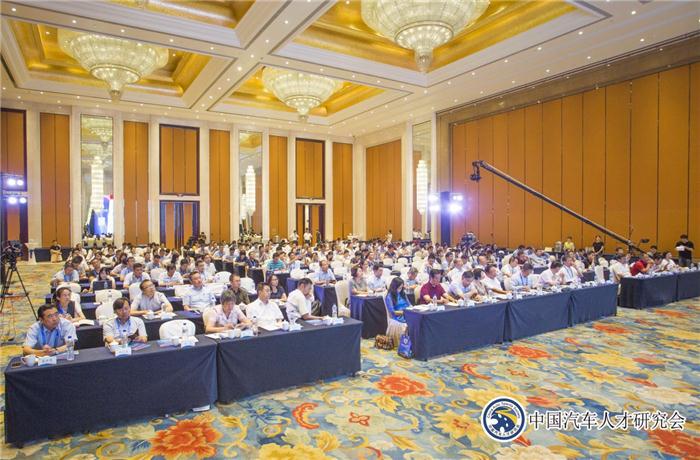
![]()

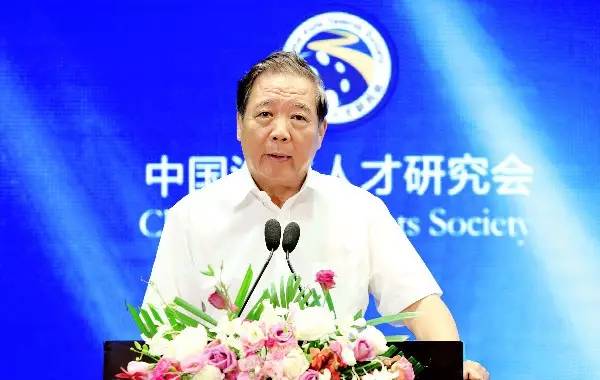
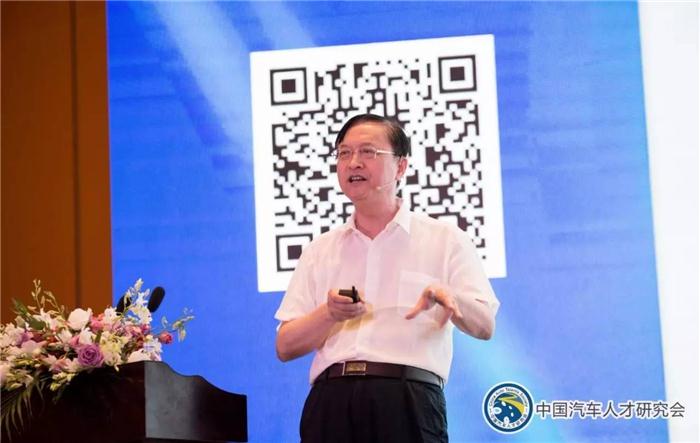
![]()
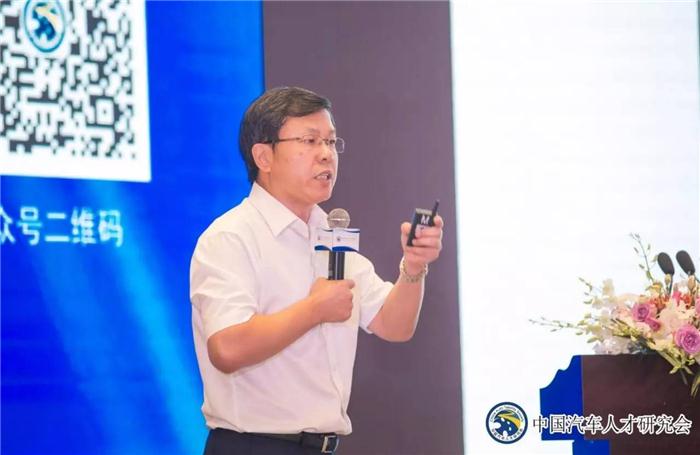
![]()
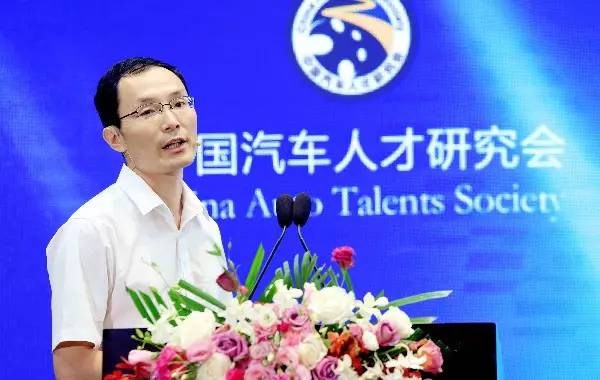
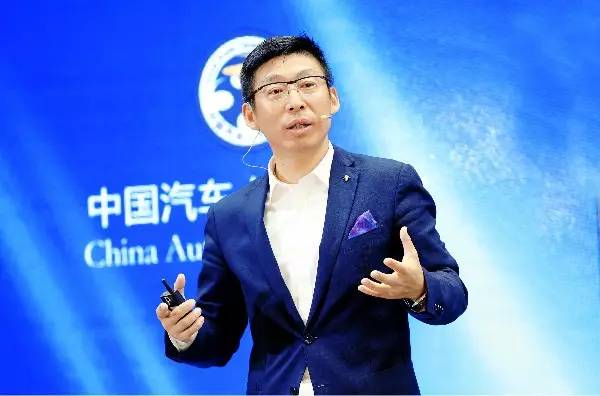
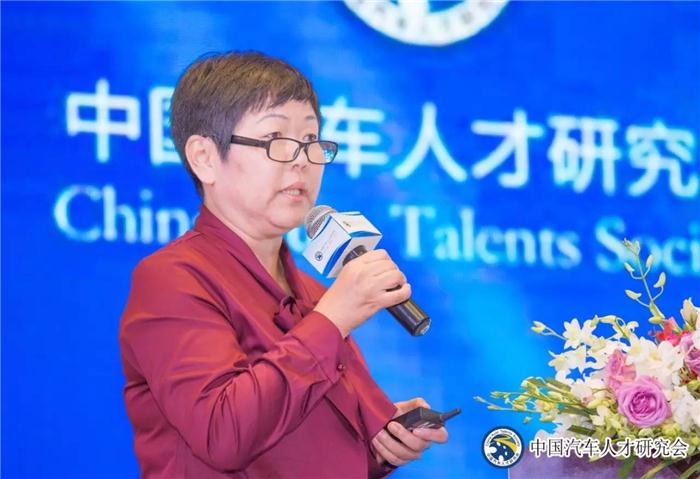
![]()

![]()